The 2009 Canadian Electrical Code is peppered with references to, and requirements for ground-fault circuit interrupters (GFCIs). For very good reasons, GFCIs have become prevalent throughout many sections of the electrical code. And usually without our knowledge, they have no doubt prevented many injuries and saved many lives. This article provides a summary of these CEC rules.
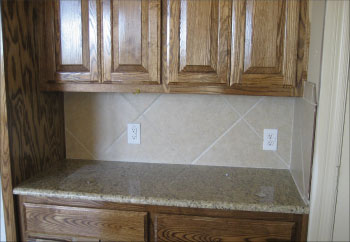
Photo 1. GFCI kitchen counter
Rule 2-134 –A GFCI is permitted as supplementary protection against shock hazards but not as a substitute for grounding, except in the case of Rule 10-408(4) power tools, and Rule 26-700 receptacles, when grounding is otherwise unavailable.
Rule 24-116– Receptacles in wet locations in patient care facilities or where work areas are washed down must be protected by a Class A GFCI or supplied by an isolated system. As a reminder, a Class A GFCI as defined in the CEC, Appendix B, will interrupt the circuit for ground-fault currents of 6 mA or more but not less than 4 mA.
Rule 26-700(11)– Receptacles within 1.5 m of sinks, bathtubs or shower stalls must be protected by a Class A GFCI except when located behind a stationary appliance such as a clothes washing machine and therefore inaccessible for portable appliances.
Rule 26-758(1)– Bare water heating elements must be protected by a Class A GFCI.
Rule 26-956(1)(d)– Submersible pumps installed in lakes, streams and rivers must be protected by a GFCI, but not necessarily a Class A type. The GFCI must be capable of tripping at maximum 10 mA in no longer than 2.7 seconds.
Rule 30-320(3)(b)– A light switch must be at least 1 m from a shower stall or bathtub. If this is not possible, in may be installed not less than 500 mm from a shower stall or bathtub, and protected by a Class A GFCI.
Rule 32-110(a)– Smoke and carbon monoxide alarms in dwellings must not be installed in circuits protected by a GFCI or AFCI.
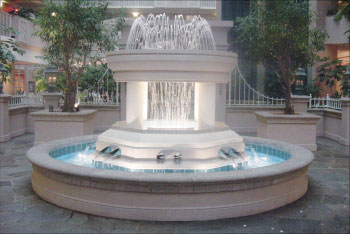
Photo 2. Fountain lighting GFCI-protected
Rule 32-212– Fire pump circuits must not be protected by a GFCI.
Rule 38-085(1) & (2)– Receptacles installed in pits, hoistways, elevator and enclosed vertical platform lift cartops, escalator or moving walk wellways, machine rooms and machinery spaces must be protected by a Class A GFCI.
Rule 68-056 –The horizontal separation between the inside walls of a pool and underground wiring, except for bonding conductors or conductors supplying equipment associated with the pool and protected by a GFCI, must not be less than shown in Table 61.
Rule 68-064(2)– Receptacles located between 1.5 m and 3 m from the inside walls of a pool must be protected by a Class A GFCI.
Rule 68-066(6)– Lighting installed below the surface of a pool or within 3 m of its inside walls must be protected by a Class A GFCI unless separated by a fence or other barrier.
Rule 68-068– GFCIs for pools, tubs and spas must be of the Class A type and must:
• Except when the correct rating is unavailable, have trip settings equivalent to a Class A GFCI.
• Be permanently installed to protect feeders, branch circuits or devices.
• If in a switched circuit, include a warning to test regularly.
• Be located so as to facilitate testing.
• Not be within 3 m of a pool and not within 1.5 m of a spa or hot tub unless the GFCI is an integral part of the equipment or behind a barrier
• Unless separated by a barrier, protect equipment in the water, audio amplifiers for underwater speakers, electrical equipment within 3 m of a pool and wet areas of pool buildings.
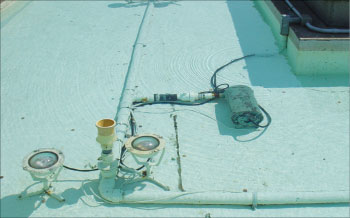
Photo 3. Submersible pump GFCI-protected
Rule 68-100(4)– Conductors protected by a GFCI must be independent from other wiring.
Rule 68-202(1)(b)– Swimming pool pumps must be protected by a Class A GFCI if they are within 3 m of pool, unless separated by a barrier.
Rule 70-122(4)– Receptacles intended for heating cables underneath mobile homes must be protected by a Class A GFCI.
Rule 72-110(4)– 15- and 20-ampere receptacles in a mobile home park for connection of mobile homes must be protected by a Class A GFCI.
Rule 76-016– 15- and 20-ampere receptacles for temporary construction power must be protected by a Class A GFCI.
Rule 78-052(4)– 15- and 20-ampere receptacles, except for locking types, on piers, docks and wharves, primarily used for shore power for boats must be protected by a Class A GFCI.
Rule 78-102(3)– 15- and 20-ampere receptacles on piers, docks or wharves in fishing harbours or marine structures, used for other than shore power for boats, must be protected by a Class A GFCI.
Bet you didn’t think we had this many! As with previous articles, you should always consult the electrical inspection authority in each province or territory for a more precise interpretation of any of the above.








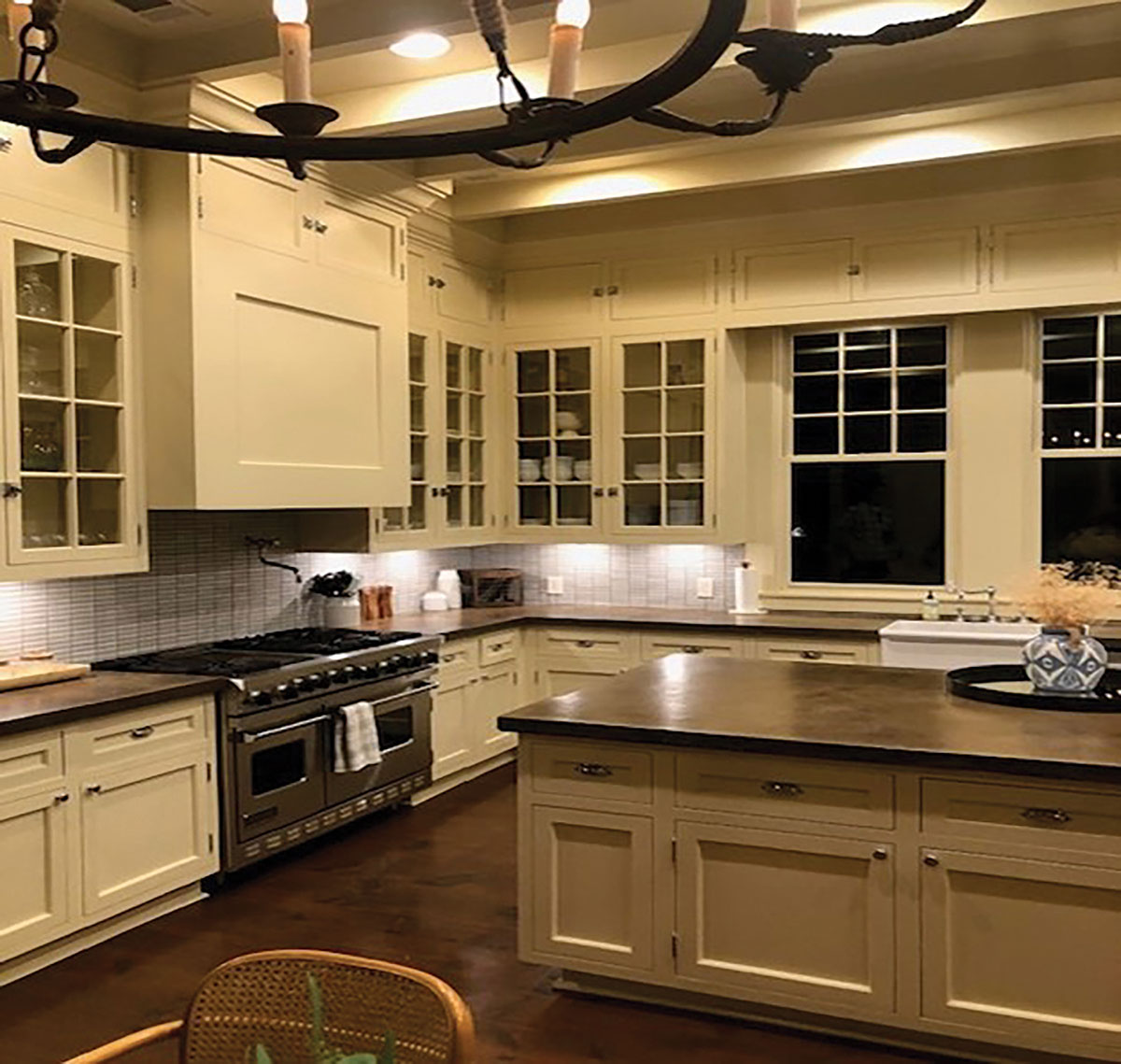
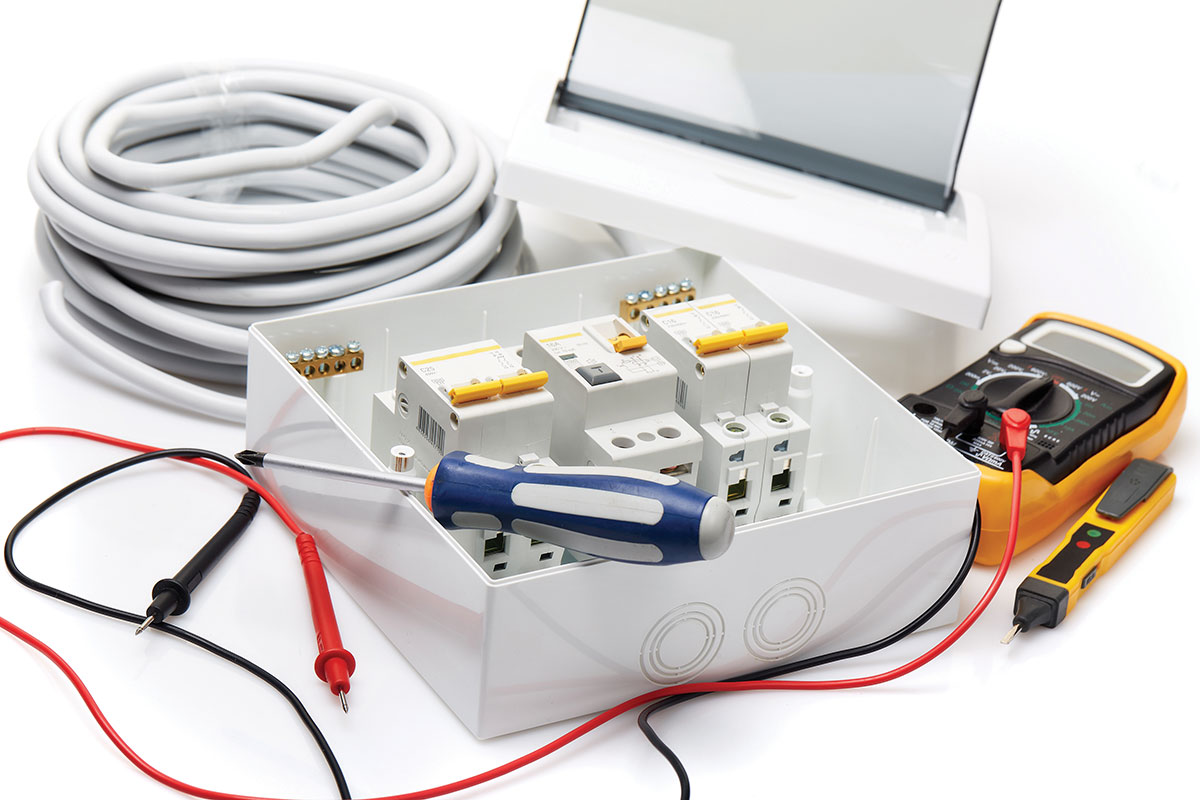
Find Us on Socials